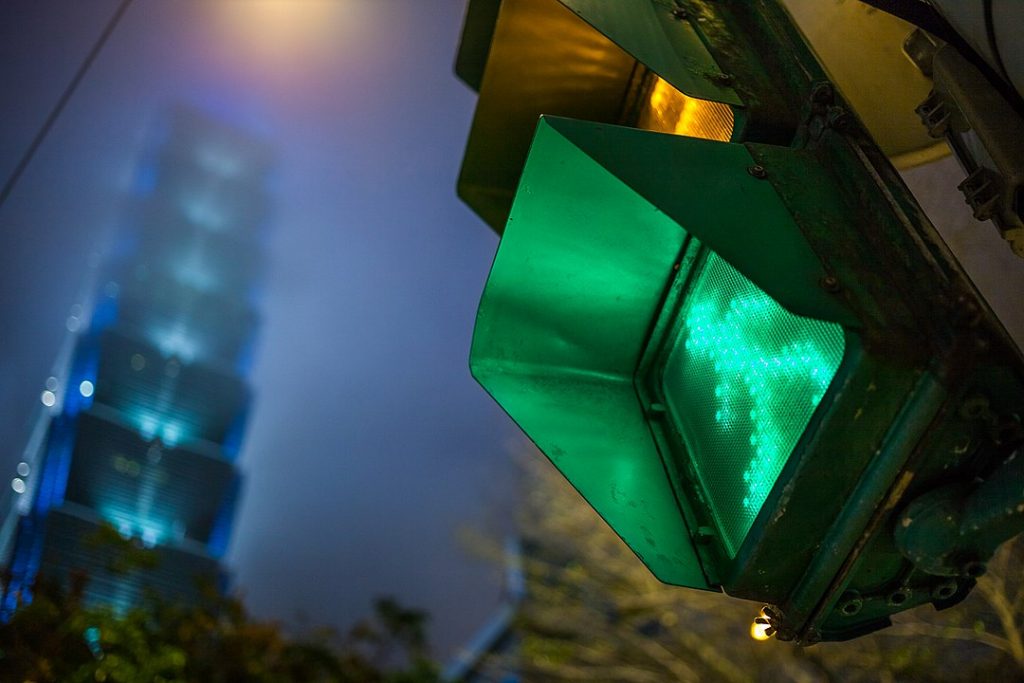
By Tiouraren (Y.-C. Tsai) – Own work, CC BY-SA 4.0, https://commons.wikimedia.org/w/index.php?curid=82148132
Peter posed an interesting question: “What are the right Pedestrian Call Buttons for the Pandemic?” I thought of writing a comment along the lines of, there is nothing more cost effective than getting into the habit of washing your hands. But in the context of his blog I think it comes across as flippant, and I can be as flippant as I want here.
Giving it further thought, most high traffic areas in cities in Asia have a certain amount of automation – doors, traffic lights, and lighting itself often work on a no contact required principle. So no change in affordances are required, unlike in our building where I open the doors with the sleeves of my shirt.
In Affordances of the post-COVID-19 era Can Aslan briefly discusses how we might see changes in design often used public objects, including a concept by Dutch designer Thor ter Kulve who hacked a traffic light button by placing a lever on top of it which can be pushed by knee, elbow, or hip.
As every person is a potential virus carrier and each publicly used object is potentially contaminated, how we perceive and interact with these objects have been dramatically changed. Thus, the core concepts of product design might be subject to change as well.
One of these concepts is affordance, which was popularized by Don Norman, a researcher, professor, and author. In his book The Design of Everyday Things, he defines affordance as “a relationship between the properties of an object and the capabilities of the agent that determine just how the object could possibly be used”. In other words, affordances determine what actions are possible when interacting with an object.
Affordances of the post-COVID-19 era
The image above is of Xiaolüren or little traffic light man, which provides a delightful representation of when you can walk and how much time you have left. The character walks faster, and then runs, depending on the time.
See also: Taiwan’s Traffic Lights Just Got a Romantic Redesign for Valentine’s Day
